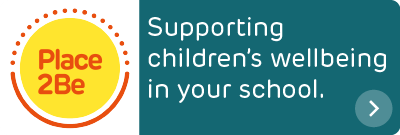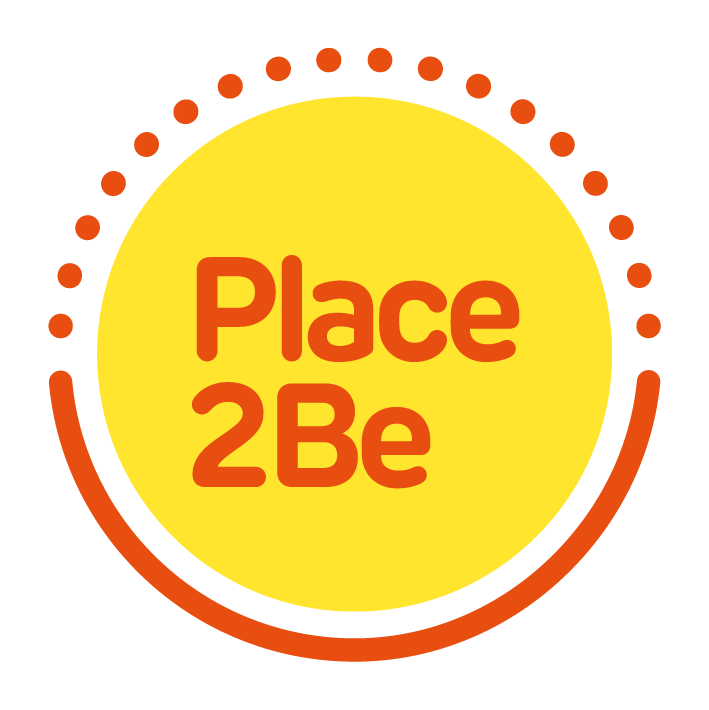Safeguarding
Claremont High School recognises its responsibility for safeguarding and promoting the welfare of children. The CMAT Child Protection, Safeguarding & Safer Recruitment policy applies to the whole of the school's workforce, along with volunteers, governors and any contractors working on the school site.
The policy focuses on:
- Staff recruitment and selection - ensuring that all staff (volunteers etc.) have been appropriately checked for their suitability, using the Safer Recruitment procedures.
- Raising awareness of safeguarding issues and equipping children with the skills needed to keep them safe.
- Developing and implementing procedures for identifying and reporting cases, or suspected cases, of abuse.
- Supporting pupils who have been abused, in accordance with an agreed, child-centred plan.
- Establishing a safe and nurturing environment free from discrimination or bullying, where children can learn and develop happily.
We recognise that because of their day-to-day contact with children, school staff are ideally placed to observe the outward signs of abuse.
Staff in schools will therefore:
- Report any inappropriate behaviour / activities to designated staff.
- Establish and maintain an environment where children feel secure, are encouraged to talk and are listened to.
- Ensure that children know that they can approach any adult in school if they are worried and they will receive a consistent, supportive response.
- Provide, within the PSHE curriculum and Pastoral curriculum, opportunities for children to develop the skills they need to recognise, and stay safe, from abuse.
Sometimes we may need to share information and work in partnership with other agencies, when there are concerns about a child’s welfare. We will ensure that our concerns are discussed with parents/carers first, unless we have reason to believe that such a move would be contrary to the child’s welfare.
Claremont High School's Designated Safeguarding Lead and LAC Co-ordinator is Ms Danielle Conroy (Deputy Headteacher). Our Safeguarding Team also includes Mr Page (SENDCo), Ms Tora, Ms Antwi, Mr West, Ms S Patel and Dr Nicolaou (Sixth Form Safeguarding, Our Safeguarding Governor is Ms Nita Advani.
If you have any safeguarding concerns about a child at Claremont High School then please send an email to dsl@claremont-high.org.uk or call the school on 020 82044442 and ask to speak to a member of the Safeguarding Team. Should you have a pastoral, behaviour for learning, detentions or sanctions query please contact admin@claremont-high.org.uk and clearly state the name of the staff member you wish to contact and the name of your child with their form class.
To read the CMAT Child Protection, Safeguarding & Safer Recruitment policy can be found in the Key Information Section of the Our School Section of the school website.
Photographs and Videos
Whilst lots of parents and carers enjoy seeing photos and videos of their children’s school life we are mindful of our duty of care to all pupils. We take the issue of safeguarding very seriously and this includes the use of photographic and video images.
Any photos or videos taken before any event, are for personal use only and must not be shared on social media sites. A reminder is given to parents and carers prior to any event in school (class assemblies, our Christmas play, Sports Day etc).
For any matters concerning safeguarding outside school hours or during the school holidays, please email our safeguarding team on: dsl@claremont-high.org.uk
Place2Be
place2be.org.uk

Claremont High School works with Place2Be, a mental health charity that helps young people to explore their emotions and feel better about themselves.
“When I feel worried, it’s like I’m in a maze and the people in Place2Be are coming with a torch and showing me the way” – Student
“My daughter had become such a different person – one we didn’t recognise – but since counselling we see signs of our old loving daughter coming back.” – Parent
Young people can go to the Place2Be room in school to express themselves by making art, talking and more.
When is Place2Be useful?
Sometimes young people can feel particularly anxious, low, confused or angry.
Maybe something difficult happened at home, like losing a family member or parents separating. Or perhaps they’re struggling with something at school, like bullying.
This can make them behave differently, lose confidence in themselves or find it difficult to concentrate in class.
Place2Be is there to help young people find ways to cope, so their worries don’t get in the way of their friendships, their learning or how they feel about themselves.
What does Place2Be do?
Place2Be’s professionals work with young people one-to-one or in small groups, giving regular support for pupils who need it.
Young people can also book a short appointment to talk about any problems or worries they have – this is called Place2Talk.
How does Place2Be work with adults?
Place2Be provides support and advice for parents and carers, as well as teachers and school staff. Visit place2be.org.uk/family or get in touch with our Place2Be staff member (details below) to find out more.
Any questions?
Pritti Popat is our Place2Be staff member. She works on Wednesdays, Thursdays and Fridays
You can either arrange to meet her at school or get in touch by emailing pritti.popat@place2be.org.uk.
If you want to find out more about Place2Be visit place2be.org.uk or read the Place2Be Wellbeing Bulletin here.
place2be wellbeing bulletin.pdf



